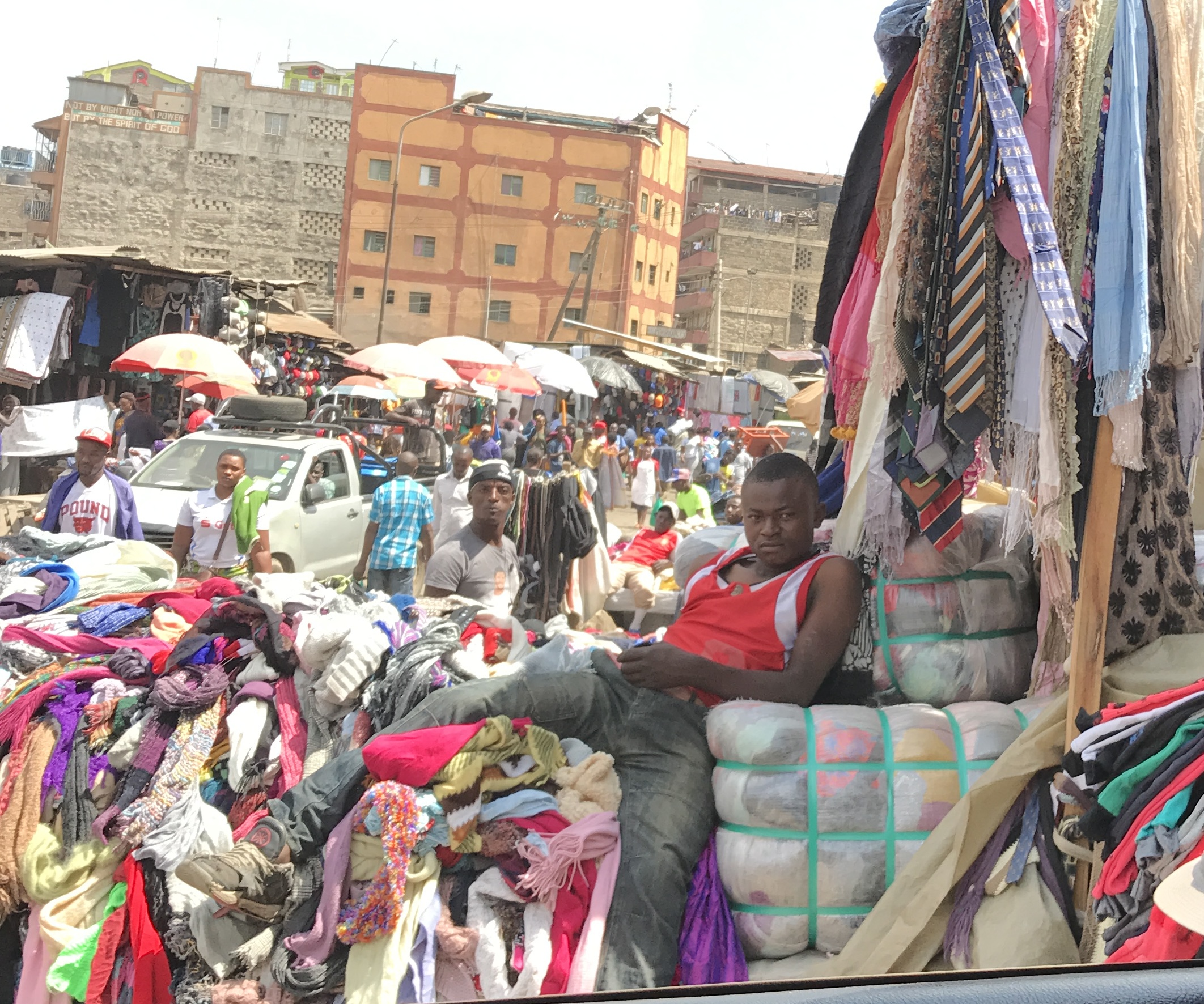Reused and recycled textiles offer a sustainable future

Used clothing recyclers believe the used textile industry is sustainable. A research indicates that 100 used pieces of clothing displaces 60 new pieces of clothing. Consumers are encouraged to buy less but better clothes and also, to donate their unwanted clothes so they can be reused and recycled.
UK’s Textile Recycling Association (TRA) says the worldwide design supply chain is evaluated to account for around 10% of worldwide greenhouse gas emanations which is more than the flying and oceanic industry combined. It is additionally the fourth most impactful industry on the environment and is responsible for around 20% of all worldwide freshwater contamination occurrences.
TRA is concerned to counter later media reports that used clothing from the UK and other created economies is sent to landfill in Africa and somewhere else. ’Goods collected by TRA members typically have their items put through a detailed sorting process that removes all contamination and separates out the re-use and recycling grades,’.
Quality re-useable items are typically sorted into approximately 120 different grades to be sold on. The buyers of these grades then arrange for the onward shipment of clothing into their own countries.
Therefore, reused and recycled textiles offer a sustainable future.
Within the UK, around one million tons of new clothing are bought each year with around 620,000 tons collected for reuse and recycling. The around the world proportion is essentially less, agreeing to Wheeler: Various recent estimates suggest that the global fashion industry produces around 100 billion new garments every year but only around 10 billion used garments are traded annually by the used textiles industry.’
‘This is only about 10% of all items put on the market. A small additional percentage will get second lives through charity shops, internet sales and more informal routes. But the vast majority of clothes will be chucked in the bin by their first and only owner. This is a travesty.’
